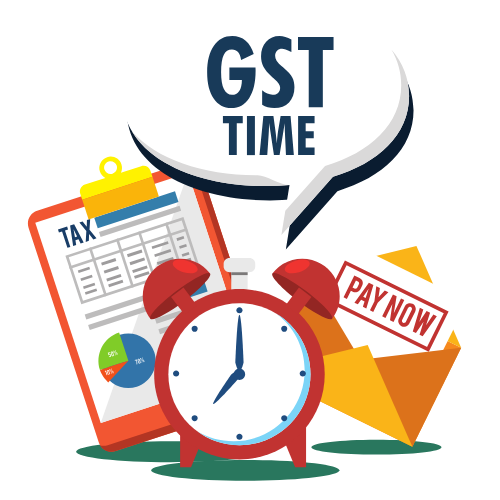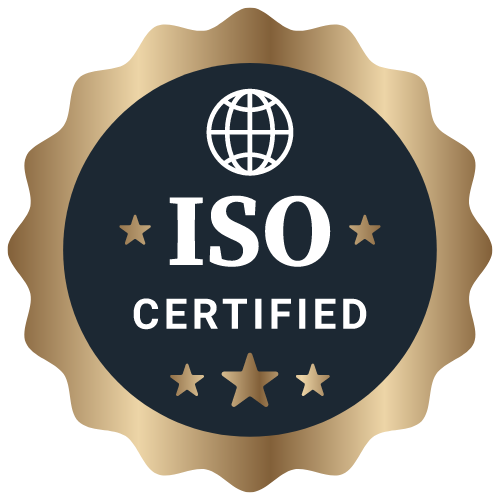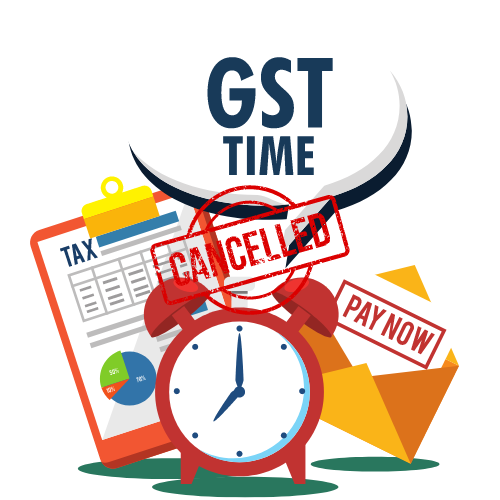Key Differences Between Section 8 Companies and Non-Profit Organizations
Uncover the contrasts between Section 8 companies and non-profit organizations in this informative comparison. Learn about their distinct characteristics and operational differences to help you understand which type of organization may be more suitable for your needs.
Key Differences Between Section 8 Companies and Non-Profit Organizations
When it comes to structuring an organization, two common types that are often discussed are Section 8 companies and non-profit organizations. While they may both have noble intentions and social impact goals, there are key differences that set them apart. In this article, we will uncover the contrasts between Section 8 companies and non-profit organizations to help you understand which type of organization may be more suitable for your needs.
Section 8 Company Features
A Section 8 company, also known as a not-for-profit company, is incorporated under the Companies Act, 2013, with the objective of promoting art, science, commerce, social welfare, education, research, charity, religion, and protection of the environment. Some key features of Section 8 companies include:
- Profit Utilization: Section 8 companies do not distribute their profits among members, and any income generated is used for furthering the company's objectives.
- Regulation: These companies are regulated by the Ministry of Corporate Affairs in India and must meet specific compliance requirements.
- Registration: To register as a Section 8 company, the organization must obtain a license from the government, showcasing its commitment to social welfare.
- Tax Benefits: Section 8 companies enjoy tax exemptions on their income if they adhere to the regulations set by the government.
Non-Profit Organization Features
Non-profit organizations, on the other hand, are formed to provide public benefit and do not operate with the primary goal of making a profit. Some key features of non-profit organizations include:
- Funding Sources: Non-profits rely on donations, grants, and fundraising activities to sustain their operations and fulfill their mission.
- Tax-Exempt Status: Non-profit organizations are exempt from paying federal income taxes, given that they meet the requirements set by the Internal Revenue Service (IRS).
- Board of Directors: Non-profits are governed by a board of directors who oversee the organization's activities and ensure compliance with legal and ethical standards.
- Mission-Driven: Non-profits are driven by a specific mission or cause, and all activities are aligned with advancing that mission to benefit society.
Understanding Organizations
While both Section 8 companies and non-profit organizations share the common goal of making a positive impact on society, their structures and operational models differ significantly. It is essential to understand these differences to determine which type of organization aligns better with your goals and objectives.
Organizational Structure
Section 8 companies typically have a more formal organizational structure, with designated roles such as directors, shareholders, and members. These roles are defined by the Companies Act and must be filled to ensure compliance with regulatory requirements. On the other hand, non-profit organizations often have a more flexible structure, with a board of directors overseeing the organization's activities and volunteers contributing to various projects and initiatives.
Operational Differences
Section 8 companies are subject to stricter regulatory requirements compared to non-profit organizations. They must submit annual reports, hold board meetings, and comply with various legal obligations to maintain their status as a Section 8 company. Non-profit organizations also have to adhere to specific regulations but may have more leeway in terms of reporting and compliance, depending on their size and operations.
Additionally, Section 8 companies have the option to convert into for-profit entities if they wish to generate profits for their shareholders. Non-profit organizations, however, are prohibited from distributing profits to individuals or stakeholders and must reinvest any surplus funds back into the organization to further their mission.
Choosing the Suitable Organization
When deciding between a Section 8 company and a non-profit organization, consider your objectives, funding sources, and long-term sustainability. If you are looking to start an organization that focuses on social welfare and community development without the intention of making a profit, a Section 8 company may be the right choice. On the other hand, if you are passionate about a specific cause and aim to mobilize resources through donations and grants, a non-profit organization could be more suitable.
It is crucial to research and understand the legal and operational requirements of both types of organizations before making a decision. Consulting with legal and financial experts can also provide valuable insights into the pros and cons of each structure and
Latest Updates
ca4filings.com Services




























-registration.png)



